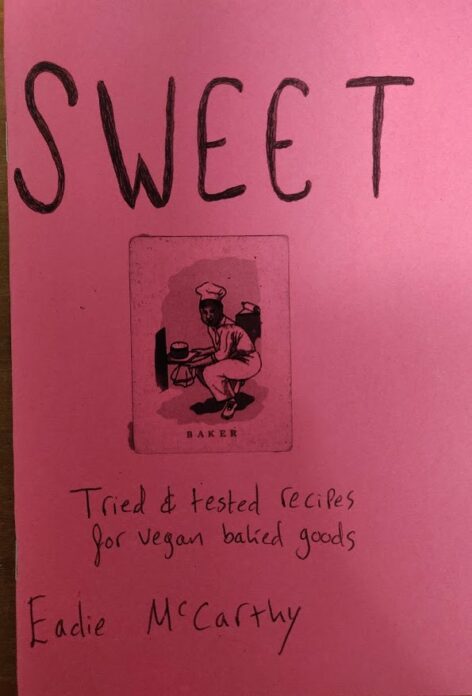Rebel Rank and File: Labor Militancy and Revolt from Below During the Long 1970s
£12.34
Often considered irredeemably conservative, the US working class actually has a rich history of revolt. Rebel Rank and File uncovers the hidden story of insurgency from below against employers and union bureaucrats in the late 1960s and 1970s.
Only 2 left in stock
Description
This is an anthology of essays covering different aspects of the labor movement from the 1950s to around 1980. Some of the movements were precarious: the United Farm Workers (UFW), for example, included some of the most vulnerable and exploited workers in the USA. Others, like the United Auto Workers (UAW) and the International Brotherhood of Teamsters (IBT) exemplified the “aristocracy of labor”–entrenched old unions with huge bureaucracies, now morphed into a conservative social class. But all were wracked by revolts from below during the latter phase of the “Great Society” era (1).
This is an unsparing account: the authors fearlessly spell out the contradictions that arose between different cohorts of labor, ranging from the high-status autoworkers and truck drivers, to the low-status miners and trashhaulers. In the 1960s, the older unions had no sooner won recognition from the NLRB and created the private welfare state (2), than their officials came under pressure to accede to speed-ups and “workplace flexibility.” Workers were pitted against other workers by skillful union-busting management; union officials adopted strategies to avoid conflict with management, and eventually became collaborators with their old foes.
In the late 1960s, the many social movements that had recently burst to prominence converged on the workplace–unionized or not. Women confronted sexist employers, coworkers, and unions. Lower echelons of the workforce confronted indifferent union bureaucrats. African Americans and Latinos confronted racism everywhere. Workers in hitherto un-organized business sectors sought collective bargaining rights. And at this time, “the establishment” of police, business management, local government, and White power groups locked arms to fight back in unison. In many cases, the union management was prone to siding with business management against the rank and file.
The outcomes are usually depressing, and there are complicated explanations for why. Workers frequently became most militant when their entire industry was threatened (as with auto workers in the late 1960s, when US consumers deserted the Big Three in droves). In other cases, the private welfare states created by prior union activism only drove wedges among “rival” labor interests. The labor movement was probably excessively dependent on the Democratic Party, which was (in turn) surprisingly indifferent to the labor movement.
Still, this book is a vital resource on the different political struggles of the US labor movement. This book covers the largest unions of the mid-century Golden Age of US Labor, and analyzes the multi-factional struggles that struck each one. The writing is lucid and rigorous.
Also, it would be remiss of me to not mention the excellent photography. There are vivid photos of organizing workers that are mostly very compelling artistically–an outstanding feature in itself.





